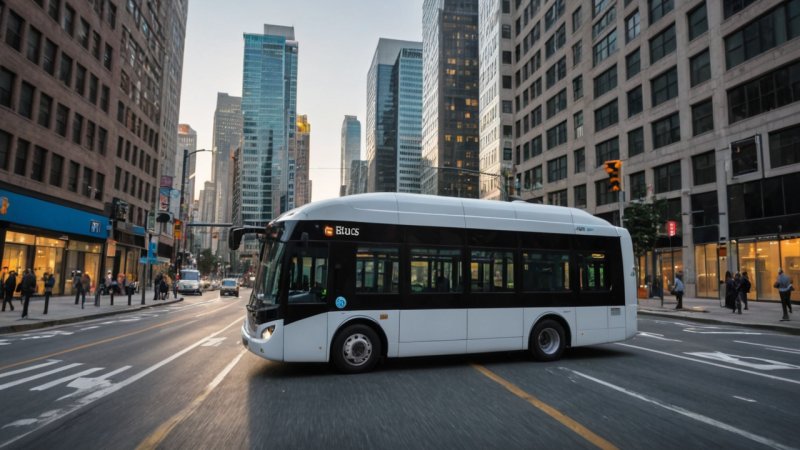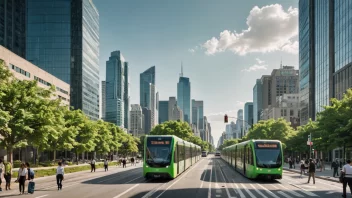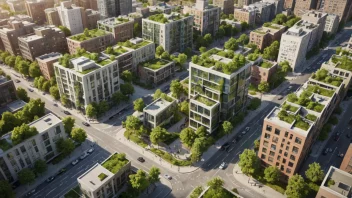What are some recent engineering advancements in public transportation?
Recent advancements include the implementation of smart traffic management systems, electric buses, and high-speed rail technologies. These innovations aim to improve efficiency, reduce emissions, and enhance the overall passenger experience.
How do smart traffic management systems work?
Smart traffic management systems utilize sensors, cameras, and data analytics to monitor and control traffic flow in real-time. By adjusting traffic signals and providing real-time information to drivers, these systems help reduce congestion and improve travel times.
What role do electric buses play in public transportation?
Electric buses are becoming increasingly popular due to their lower environmental impact compared to traditional diesel buses. They produce zero tailpipe emissions, reduce noise pollution, and can be charged using renewable energy sources, making them a sustainable choice for urban transportation.
What are the benefits of high-speed rail systems?
High-speed rail systems offer several benefits, including reduced travel times between cities, lower greenhouse gas emissions per passenger compared to cars and planes, and the ability to alleviate road congestion. These systems can also stimulate economic growth in the regions they serve.
How is engineering improving accessibility in public transportation?
Engineers are designing public transportation systems with accessibility in mind, incorporating features such as low-floor buses, elevators in train stations, and audio-visual announcements. These improvements ensure that individuals with disabilities can navigate public transit with ease.
What impact do these engineering advancements have on urban planning?
Engineering advancements in public transportation influence urban planning by encouraging the development of transit-oriented communities. These communities prioritize access to public transportation, which can lead to reduced reliance on cars, lower traffic congestion, and more sustainable urban environments.
How is data analytics being used in public transportation?
Data analytics is used to analyze ridership patterns, optimize routes, and predict maintenance needs. By leveraging big data, transportation agencies can make informed decisions that enhance service quality and operational efficiency.
What challenges do engineers face in enhancing public transportation systems?
Engineers face several challenges, including funding constraints, aging infrastructure, and the need to integrate new technologies with existing systems. Additionally, public resistance to change and the complexity of coordinating multiple stakeholders can hinder progress.
How can the public contribute to the enhancement of public transportation?
Public feedback is crucial for improving transportation systems. Citizens can participate in surveys, attend public meetings, and advocate for their needs. Engaging with local transportation authorities can help ensure that the services provided align with community expectations.
Final Thoughts: Engineering plays a vital role in enhancing public transportation systems, making them more efficient, accessible, and environmentally friendly. As technology continues to evolve, we can expect further innovations that will shape the future of urban mobility.






